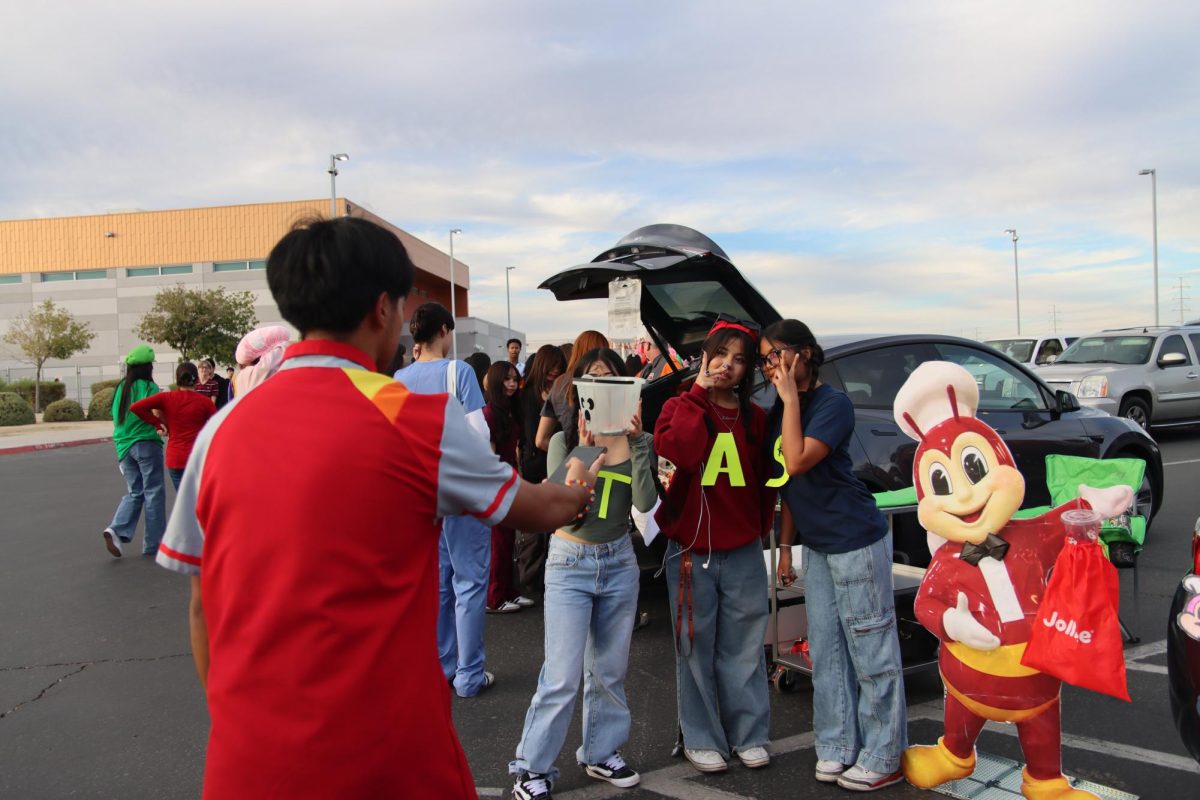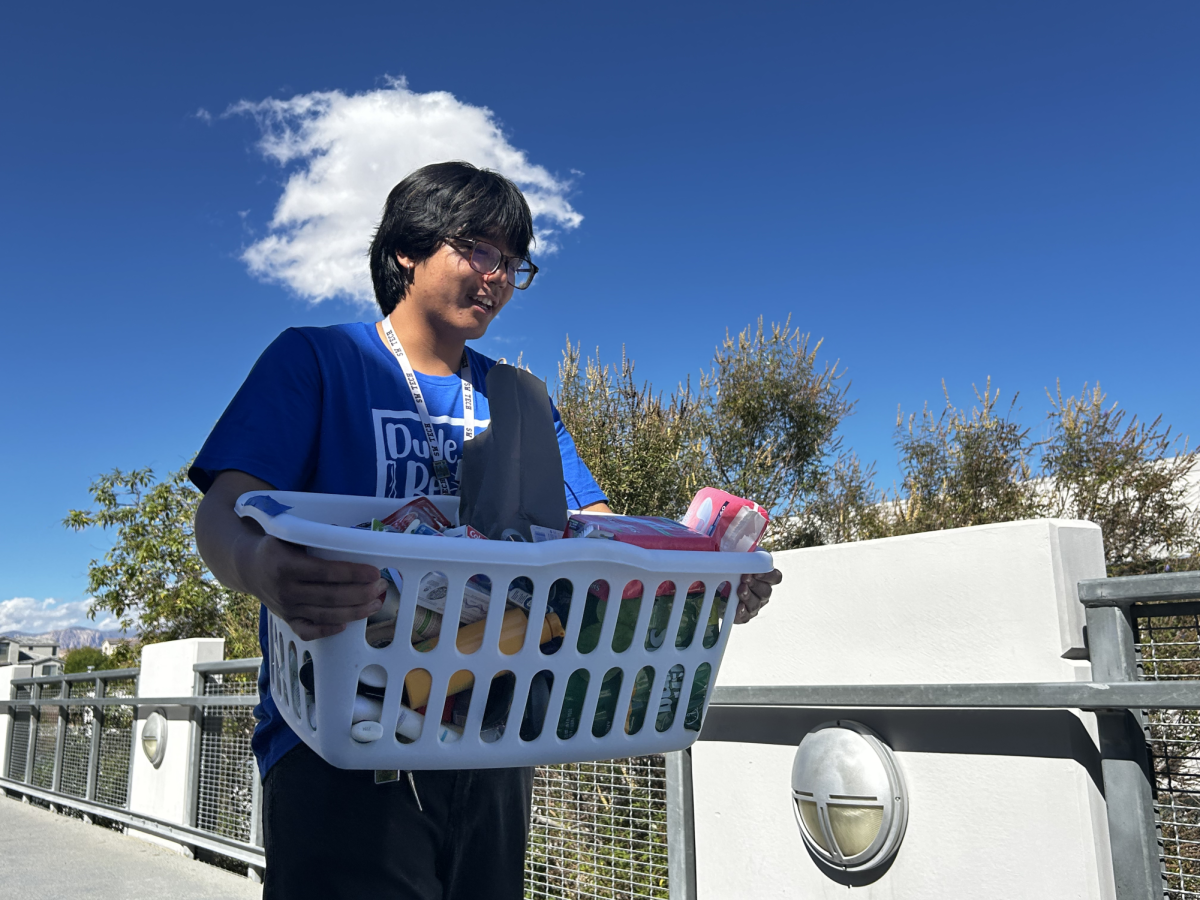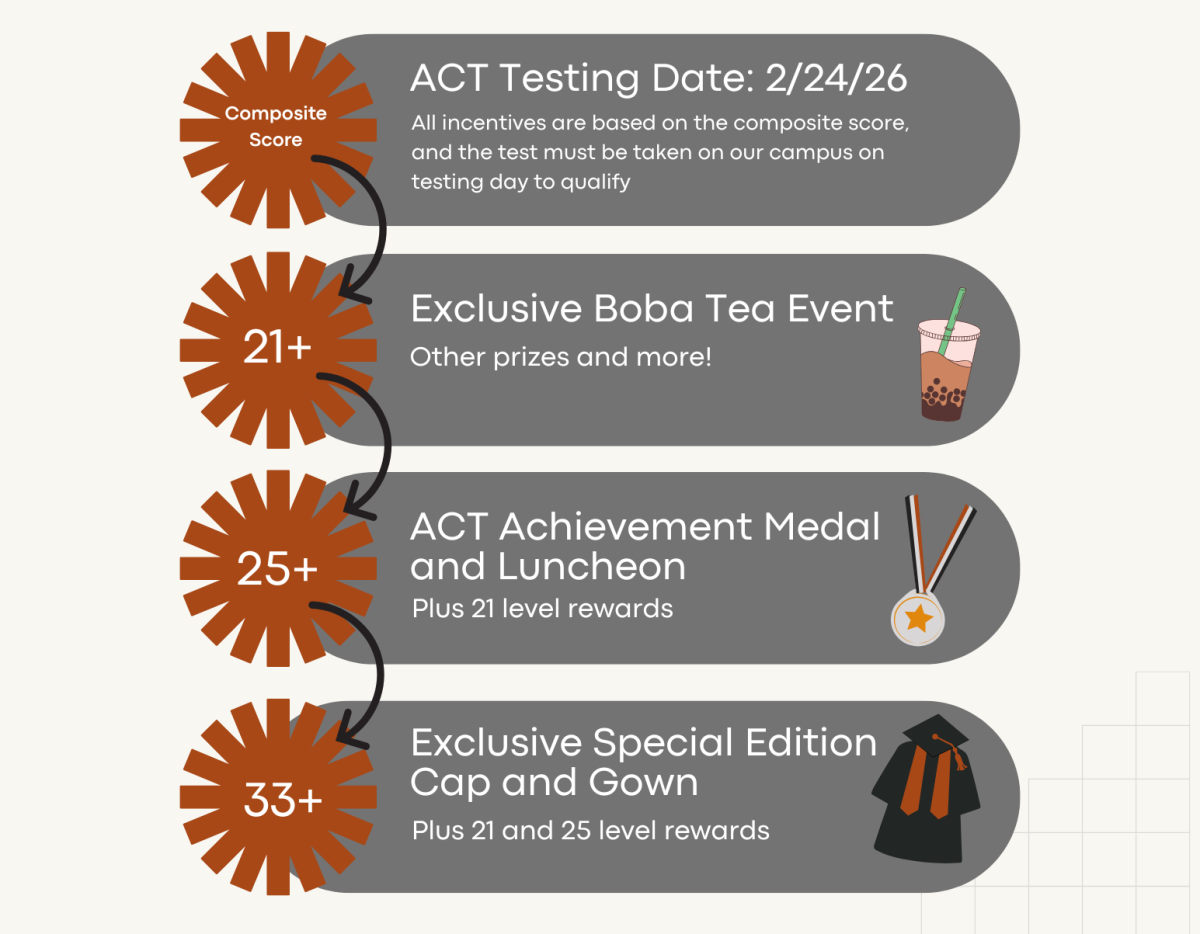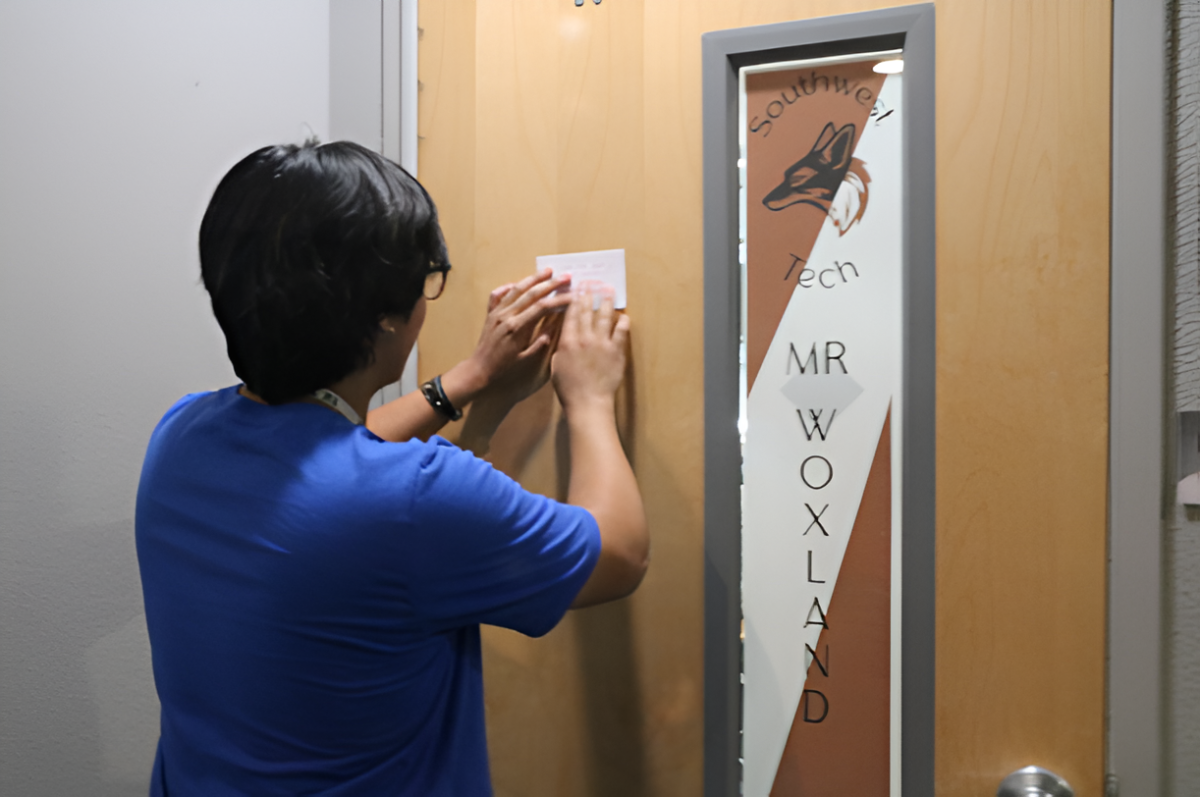To dive into the topic of regional cuisines, students in Michael Hadobas’ Culinary II class are doing research based on a specific region they will be assigned to in the US. Students are expected to review the ingredients, dishes and history of those cuisines, as well as create a menu.
“I enjoyed learning about the different cuisines because they’re all very different and popular, and it’s nice to have some variety when cooking,” sophomore Hannah Segura said. “I’m mostly excited when we have to do the research for the project and end up cooking some recipes because all this information is interesting for me.”
This unit is to help students to develop an understanding of popular cuisines around the country and notice the similarities and differences between the regions.
“We’ve done a lot of basic knife skills and a lot of basic cooking methods so I want to reinterpret the curriculum standards and start teaching students more advanced cuisines,” Hadobas said. “But looking at it through a different lens of different regional cuisines around the world and I really enjoy starting off with popular American cuisines.”
Due on Dec. 4, students will have one class period to work on the project with their group each week. Students will create the presentation using information from recent lessons and cooking demos, as well as talk about several aspects of their assigned cuisines.
“I enjoy watching the demos Chef does for different kinds of food,” Knudson said. “For example, I usually don’t eat typical southern food. However, I now have the opportunity to do research and create those dishes he demos.”
Grading will be focused on the two parts of the project: the menu and the presentation. Chef will be looking for creative dishes that fit the group’s region on their menu, and all the required information about their regional cuisine.
“With this type of project, I really like giving students the opportunity to really express themselves and their personality show through these projects,” Hadobas said. “So that’s the main thing that I’m also looking for the most, and ultimately see what my students get out of this rather than facts that they can regurgitate for a test or another assignment.”
In past years, this project was incorporated into the Coyote Cafe, but due to distance learning, Hadobas redesigned his curriculum to still allow for the unit.
“We usually go through the list of cuisines based on when that specific cuisine was introduced into America,” Hadobas said. “So not being in person is the only thing that I dislike about assigning this group project, because we don’t have the Coyote Cafe aspect.”
Chef hopes his students not only learn what makes all these regional cuisines unique, but also that they continue to use this information for their own day-to-day lives or career.
“I think I would use this information in the future because I’m always cooking,” Knudson said. “I love learning new dishes and the backstory of the cuisines and if I enjoy it, I’ll make it again in the future which is nice to know.”


!["I will be attending Trunk or Treat [for FCCLA]" junior Crystal Li said. "We're gonna use Mr. Harbeson's car, and we will be [hosting three different activities]."](https://southwestshadow.com/wp-content/uploads/2025/10/IMG_0980-1200x900.png)






![Displaying a QR code for students to scan, the flyer allows students to sign up and learn about their desired colleges as they visit throughout the school year. Many schools have had additional presentations for students to learn more about what they offer. “For me, I’m interested in criminal justice,” junior Zion Jefferson said. “I know that UNLV and Nevada State University have this major. But, [the college fair] is going to be beneficial, so I can see what other schools offer as well.”](https://southwestshadow.com/wp-content/uploads/2025/10/IMG_2721-1200x900.jpg)
![Working in the Student Success Office, Attendance Secretary Lordis Depiazza inputs a student’s absence excuse note. Students are required to bring an excuse note to the attendance office within three days of any absence. “Reminding students that being in school is important because it reflects towards your grades and being able to do any activities with the school,” Depiazza said. “[It] seems to get the students' attention about wanting to be in school.”](https://southwestshadow.com/wp-content/uploads/2025/10/IMG_8313-1200x800.jpg)
![Arranging the fabric on the floor for a new project, senior Sapphyre-Ann Leung plans out her attire for the next deadline. With the recent closures, students now had limited resources and less margin for error with the fabric and materials they had in stock while trying to reach strict deadlines. “Joann’s had a lot of high-end fabric for our fashion competitions,” Leung said. “We couldn’t just buy ten yards of fabric from Hobby Lobby or Walmart. Since [Joann Fabrics] is no longer open, we have to buy items online, which is way more expensive.”](https://southwestshadow.com/wp-content/uploads/2025/10/IMG_0038-1200x800.jpg)

